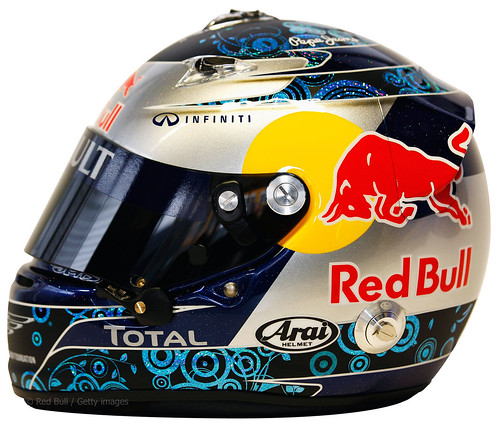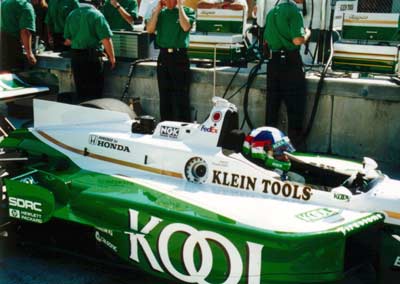- Login or Register
No account yet? Sign up


Pitot tube for aero testing, you will not see it during the races.CyleB wrote:i kind of fell stupid asking, but what is the large fine on top of the camera mount for? If that's all ready been discussed please refer to page #

that's exactly what i was talking about thanks747heavy wrote:Pitot tube for aero testing, you will not see it during the races.CyleB wrote:i kind of fell stupid asking, but what is the large fine on top of the camera mount for? If that's all ready been discussed please refer to page #
(I hope thats what you mean, the black fin on top of the engine cover/roll hoop)
It is NOT a pitot tube, although there may possibly be one as well. It is a sensor for measuring yaw in the car.747heavy wrote:Pitot tube for aero testing, you will not see it during the races.CyleB wrote:i kind of fell stupid asking, but what is the large fine on top of the camera mount for? If that's all ready been discussed please refer to page #
(I hope thats what you mean, the black fin on top of the engine cover/roll hoop)


Interesting, could you explain how this would work?gilgen wrote: It is NOT a pitot tube, although there may possibly be one as well. It is a sensor for measuring yaw in the car.
There are inertia sensors inside the fin. A pitot tube only requires a tiny tube, which can be placed anywhere on the surface of the car, for example, on the camera housing.747heavy wrote:Interesting, could you explain how this would work?gilgen wrote: It is NOT a pitot tube, although there may possibly be one as well. It is a sensor for measuring yaw in the car.
The shark-like fin is obviously not a pitot-tube. It is the low-drag support structure necessary to get the pitot tube high enough out of the influence of the car to have freestream velocity measurements.gilgen wrote: There are inertia sensors inside the fin. A pitot tube only requires a tiny tube, which can be placed anywhere on the surface of the car, for example, on the camera housing.
If you are a pilot, flying a 747 heavy, you will know how small a pitot tube is.
OK, have it your way! The pitot tubes are normally on the top of the nose. But if you want to believe that it is only a support for a pitot tube, then just believe what you want. But i suggest you dial back a year, on Ferrari thread, where this precise subject came up, and was fully explained.volarchico wrote:The shark-like fin is obviously not a pitot-tube. It is the low-drag support structure necessary to get the pitot tube high enough out of the influence of the car to have freestream velocity measurements.gilgen wrote: There are inertia sensors inside the fin. A pitot tube only requires a tiny tube, which can be placed anywhere on the surface of the car, for example, on the camera housing.
If you are a pilot, flying a 747 heavy, you will know how small a pitot tube is.
You don't want you pitot tube to be virbating all over the place and moving relative to the car. So you will need a sturdy tower to hold it steady.gilgen wrote:There are inertia sensors inside the fin. A pitot tube only requires a tiny tube, which can be placed anywhere on the surface of the car, for example, on the camera housing.747heavy wrote:Interesting, could you explain how this would work?gilgen wrote: It is NOT a pitot tube, although there may possibly be one as well. It is a sensor for measuring yaw in the car.
If you are a pilot, flying a 747 heavy, you will know how small a pitot tube is.




